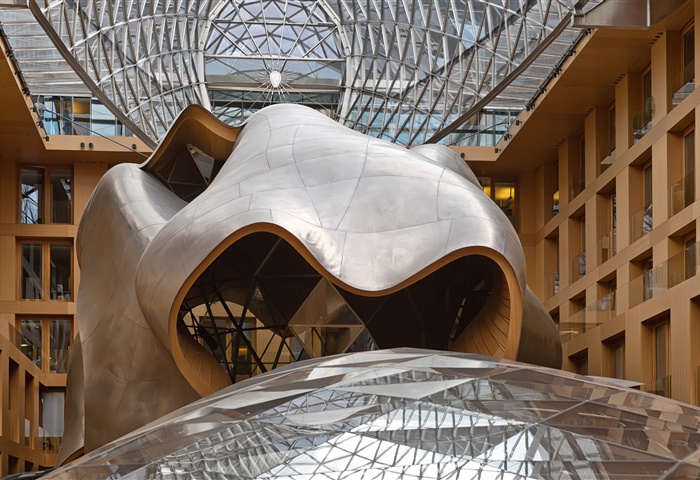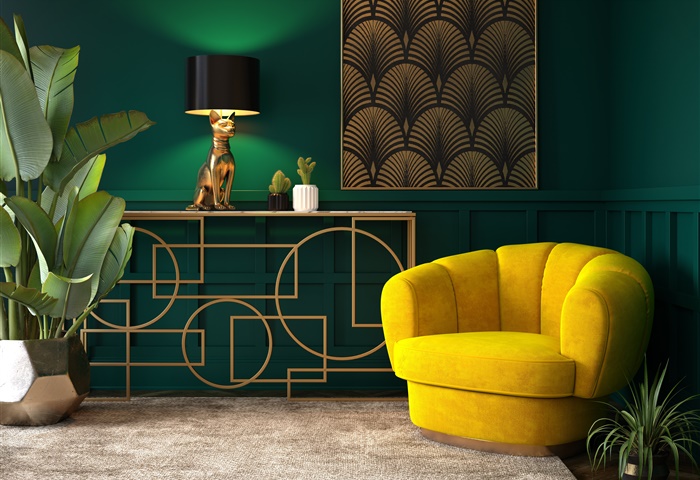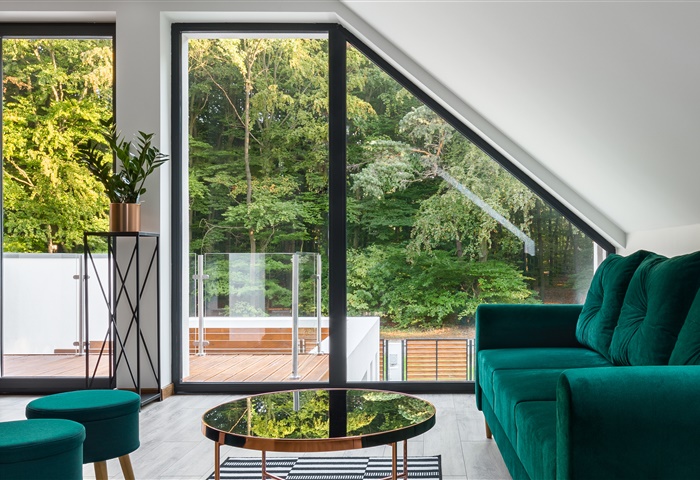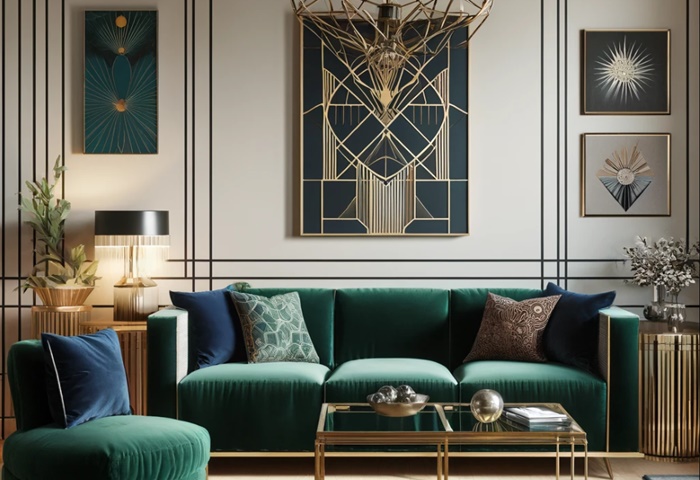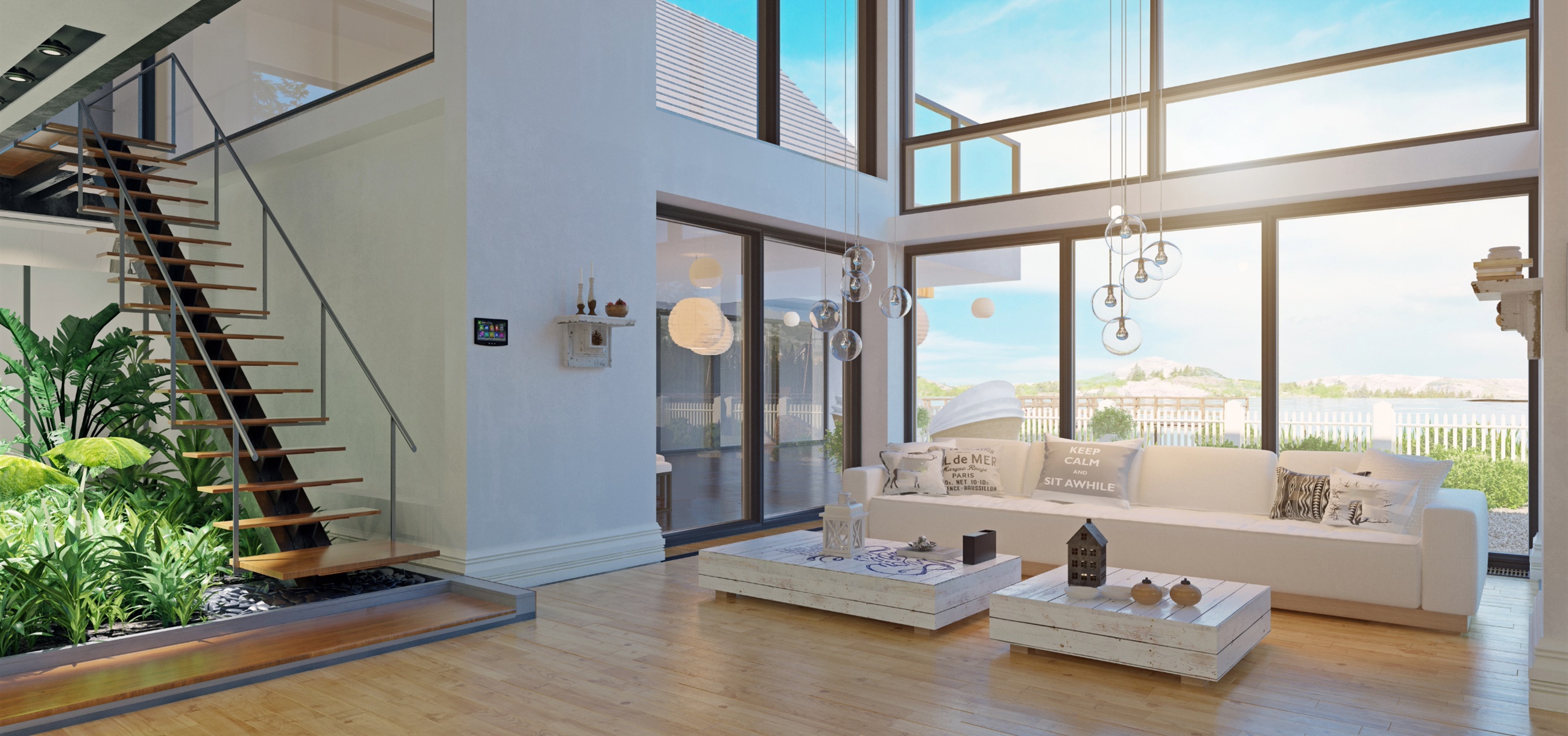
9/8/2024
Innovative Ideas of Architects Defining Contemporary Premium Residences
Innovative Ideas of Architects Defining Contemporary Premium Residences
Luxury real estate has always been synonymous with prestige, exceptional design, and comfort. However, today’s modern premium residences stand out through innovative architectural solutions that meet the ever-growing expectations of high-demand clients. These spaces are designed not only to dazzle with their aesthetics but also to provide comfort, advanced technology, and sustainability. Below, we will explore in detail what modern ideas define today’s luxury properties and how they are applied in reality.
1. Blurring the Boundaries Between Indoor and Outdoor Spaces
One of the dominant trends in contemporary luxury residence architecture is the blurring of the boundaries between the interior and exterior spaces. In areas where the climate allows for frequent outdoor living, innovative architectural solutions are used to seamlessly connect the home with its surroundings. One such solution is the use of sliding glass walls, which allow the interior space to fully open up, merging with the garden or terrace.
An example of this concept is the Casa de Vidro residence in São Paulo, designed by Italian architect Lina Bo Bardi. The building features panoramic sliding windows, making the interior almost blend with the surrounding tropical nature.
Another notable example is Frank Lloyd Wright’s Fallingwater residence, where the house literally flows over a waterfall, serving as a perfect illustration of integrating nature with architecture. Glass walls that open up to the surroundings highlight the exceptional harmony between modern design and the natural landscape.
2. Minimalism and Simplicity of Form
Minimalism has long been valued in architecture, but in luxury properties, it takes on a new dimension, emphasizing purity of form, material quality, and impeccable craftsmanship. Simple lines, open spaces, and natural light are key elements that create an atmosphere of calm and elegance.
An icon of minimalist architecture is the Farnsworth House, designed by Mies van der Rohe. Its open plan, glass walls, and minimalist structure defined the modern style, which continues to inspire today’s architects.
A contemporary example of this trend is Villa Vals in Switzerland, designed by SeARCH and CMA architects. This residence is literally embedded into a mountainside, making it almost invisible from the outside while offering panoramic views of the surrounding mountains. It’s a perfect example of how minimalism can enhance the relationship between architecture and nature while ensuring privacy and discretion.
3. Energy-Efficient and Sustainable Homes
Growing ecological awareness among property owners has made sustainable construction one of the key trends in designing luxury residences. Modern homes not only offer exceptional design and comfort but also minimize their environmental impact by incorporating cutting-edge technologies.
One example of such a solution is the Zero House concept – a home that is entirely energy self-sufficient. It uses solar power and rainwater recovery systems, making its operation nearly neutral to the environment. This house is proof that modern technologies can successfully combine luxury with ecological responsibility.
Another example is Casa 7A in Spain, designed by Luis Rebelo de Andrade. This residence incorporates photovoltaic systems and innovative building materials that provide excellent thermal insulation. As a result, the house consumes much less energy than traditional buildings, making it not only eco-friendly but also cost-effective to operate.
4. Smart Technologies for Comfort
Modern luxury residences increasingly use advanced technologies that make life even more comfortable. Smart home systems allow for controlling various functions of the building via mobile apps or voice commands.
One company specializing in such solutions is Crestron, whose lighting, heating, and monitoring control systems are used in the most exclusive residences worldwide. For instance, One57 – one of the most luxurious residential skyscrapers in New York – offers apartments equipped with fully automated management systems that allow control of all apartment functions from a single panel.
The Biometrical House in London is another example of futuristic technology in use. Its facial recognition and fingerprint systems not only enhance security but also simplify daily home operations, automating even simple tasks such as door opening or light management.
5. Luxury with a Touch of History
While modernity and innovation play key roles in contemporary premium residences, many combine these elements with historical heritage, creating a unique atmosphere that bridges the past with the present. The renovation of old villas or castles, preserving their original details while introducing modern amenities, is becoming increasingly popular.
An example of this concept is the Château de la Resle residence in France, where the owners successfully merged the 18th-century castle style with modern interior design and technologies, such as automated lighting and geothermal heating systems.
Luxury real estate is evolving, and architecture is becoming the key to fulfilling the dreams of modern clients. From integration with nature, through minimalism and energy efficiency, to smart technologies – today’s premium residences offer increasingly innovative and advanced solutions that not only satisfy aesthetic needs but also take into account responsibility toward the environment and the future.
Luxury real estate has always been synonymous with prestige, exceptional design, and comfort. However, today’s modern premium residences stand out through innovative architectural solutions that meet the ever-growing expectations of high-demand clients. These spaces are designed not only to dazzle with their aesthetics but also to provide comfort, advanced technology, and sustainability. Below, we will explore in detail what modern ideas define today’s luxury properties and how they are applied in reality.
1. Blurring the Boundaries Between Indoor and Outdoor Spaces
One of the dominant trends in contemporary luxury residence architecture is the blurring of the boundaries between the interior and exterior spaces. In areas where the climate allows for frequent outdoor living, innovative architectural solutions are used to seamlessly connect the home with its surroundings. One such solution is the use of sliding glass walls, which allow the interior space to fully open up, merging with the garden or terrace.
An example of this concept is the Casa de Vidro residence in São Paulo, designed by Italian architect Lina Bo Bardi. The building features panoramic sliding windows, making the interior almost blend with the surrounding tropical nature.
Another notable example is Frank Lloyd Wright’s Fallingwater residence, where the house literally flows over a waterfall, serving as a perfect illustration of integrating nature with architecture. Glass walls that open up to the surroundings highlight the exceptional harmony between modern design and the natural landscape.
2. Minimalism and Simplicity of Form
Minimalism has long been valued in architecture, but in luxury properties, it takes on a new dimension, emphasizing purity of form, material quality, and impeccable craftsmanship. Simple lines, open spaces, and natural light are key elements that create an atmosphere of calm and elegance.
An icon of minimalist architecture is the Farnsworth House, designed by Mies van der Rohe. Its open plan, glass walls, and minimalist structure defined the modern style, which continues to inspire today’s architects.
A contemporary example of this trend is Villa Vals in Switzerland, designed by SeARCH and CMA architects. This residence is literally embedded into a mountainside, making it almost invisible from the outside while offering panoramic views of the surrounding mountains. It’s a perfect example of how minimalism can enhance the relationship between architecture and nature while ensuring privacy and discretion.
3. Energy-Efficient and Sustainable Homes
Growing ecological awareness among property owners has made sustainable construction one of the key trends in designing luxury residences. Modern homes not only offer exceptional design and comfort but also minimize their environmental impact by incorporating cutting-edge technologies.
One example of such a solution is the Zero House concept – a home that is entirely energy self-sufficient. It uses solar power and rainwater recovery systems, making its operation nearly neutral to the environment. This house is proof that modern technologies can successfully combine luxury with ecological responsibility.
Another example is Casa 7A in Spain, designed by Luis Rebelo de Andrade. This residence incorporates photovoltaic systems and innovative building materials that provide excellent thermal insulation. As a result, the house consumes much less energy than traditional buildings, making it not only eco-friendly but also cost-effective to operate.
4. Smart Technologies for Comfort
Modern luxury residences increasingly use advanced technologies that make life even more comfortable. Smart home systems allow for controlling various functions of the building via mobile apps or voice commands.
One company specializing in such solutions is Crestron, whose lighting, heating, and monitoring control systems are used in the most exclusive residences worldwide. For instance, One57 – one of the most luxurious residential skyscrapers in New York – offers apartments equipped with fully automated management systems that allow control of all apartment functions from a single panel.
The Biometrical House in London is another example of futuristic technology in use. Its facial recognition and fingerprint systems not only enhance security but also simplify daily home operations, automating even simple tasks such as door opening or light management.
5. Luxury with a Touch of History
While modernity and innovation play key roles in contemporary premium residences, many combine these elements with historical heritage, creating a unique atmosphere that bridges the past with the present. The renovation of old villas or castles, preserving their original details while introducing modern amenities, is becoming increasingly popular.
An example of this concept is the Château de la Resle residence in France, where the owners successfully merged the 18th-century castle style with modern interior design and technologies, such as automated lighting and geothermal heating systems.
Luxury real estate is evolving, and architecture is becoming the key to fulfilling the dreams of modern clients. From integration with nature, through minimalism and energy efficiency, to smart technologies – today’s premium residences offer increasingly innovative and advanced solutions that not only satisfy aesthetic needs but also take into account responsibility toward the environment and the future.


